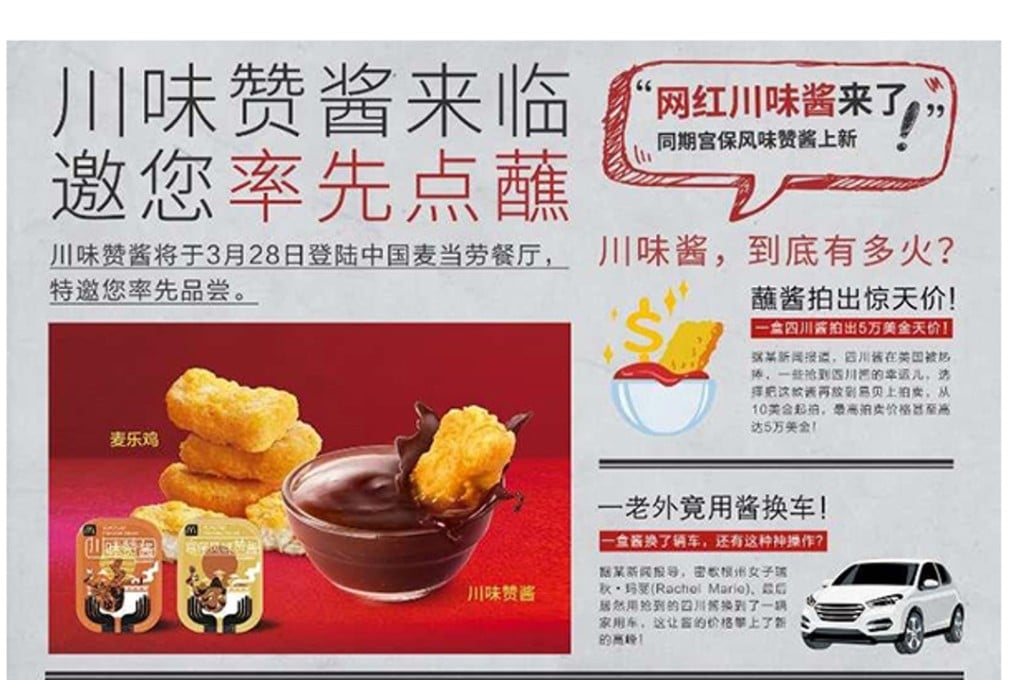McDonald’s finally brings its ‘authentic’ Szechuan sauce to China. They’re not lovin’ it
Americans went crazy online and queued for hours to get their hands on the ‘Sichuan-style’ dip. People in China asked: ‘what on earth is this?’

McDonald’s has “brought back” to China the Szechuan sauce that caused a frenzy in America last year – and the reaction has not been warm.
While Americans went crazy when the product was re-released after 20 years, with reports of long queues and outbreaks of disorder, in China most people were baffled.
The product was first released in 1998 as part of the promotional tie-in for the Disney film Mulan, which was based on a Chinese legend.
But when an episode of the hugely popular US time-travel cartoon Rick and Morty referred to the sauce, it triggered a sort of collective nostalgia among fans, who began a frenzied internet campaign demanding its return.

The fast-food chain promised America fans it would issue a limited edition of the chicken McNugget accompaniment, supposedly inspired by Sichuan cuisine, but the difficulty many experienced getting hold of a sachet only served to fuel the hype.